Fossils, the preserved remains or traces of ancient organisms, serve as precious time capsules that provide insights into Earth’s biological history. The journey of a fossil from its initial discovery in the field to its final showcase in a museum involves numerous intricate steps, specialized expertise, and careful handling. This fascinating process combines elements of scientific exploration, meticulous preservation techniques, and artistic presentation to bring ancient life forms into public view. The path a fossil takes from buried obscurity to educational display is a testament to human curiosity and scientific dedication, requiring collaboration among paleontologists, preparators, geologists, and museum curators. Let’s explore the remarkable journey that transforms a hidden remnant of the past into an illuminating museum exhibit.
The Moment of Discovery
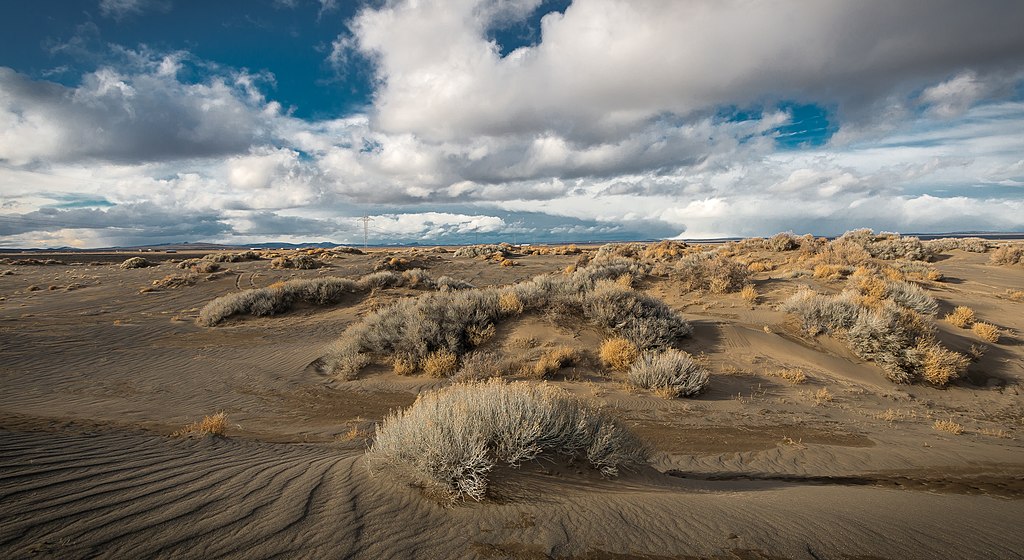
Fossil discoveries occur in various contexts, from planned scientific expeditions to accidental findings by amateur fossil hunters or construction workers. Professional paleontologists often conduct fieldwork in areas known for fossil-rich geological formations, using their knowledge of stratigraphy to target specific rock layers. These expeditions might be planned months or years in advance, with teams securing necessary permits, equipment, and funding before heading to remote locations. The initial discovery moment is often described by paleontologists as exhilarating—seeing the first hint of a bone or shell emerging from rock that has concealed it for millions of years. Technology has enhanced discovery capabilities, with tools ranging from ground-penetrating radar to satellite imagery helping scientists identify promising excavation sites before breaking ground. Despite technological advances, many significant fossils are still found through traditional methods of careful observation and geological expertise.
Documentation and Context
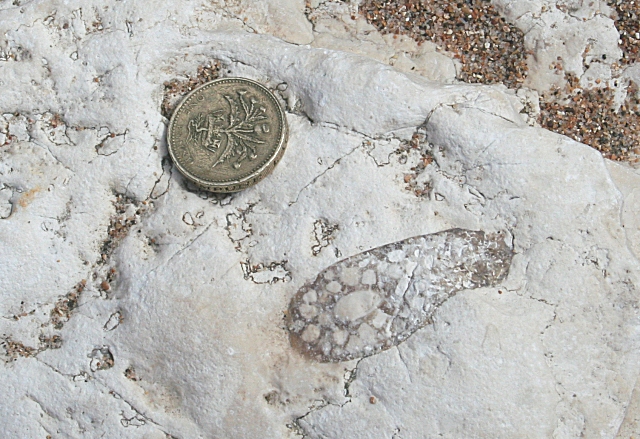
Before a fossil is removed from its discovery site, extensive documentation must take place to preserve crucial contextual information. Paleontologists carefully photograph the fossil in situ, noting its exact position, orientation, and relationship to surrounding rocks and other fossils. This contextual data is vital for scientific interpretation, as the fossil’s placement can reveal information about the organism’s environment, cause of death, and post-mortem history. Researchers record precise GPS coordinates and create detailed field notes that include observations about the geological formation, estimated age, and associated flora and fauna. In modern excavations, 3D scanning technology might be employed to create digital models of the fossil in its original position before extraction begins. Stratigraphic columns are often constructed to show the vertical sequence of rock layers, helping to place the fossil within Earth’s chronological record. This meticulous documentation ensures that valuable scientific data isn’t lost once the specimen is removed from its geological context.
Excavation Techniques
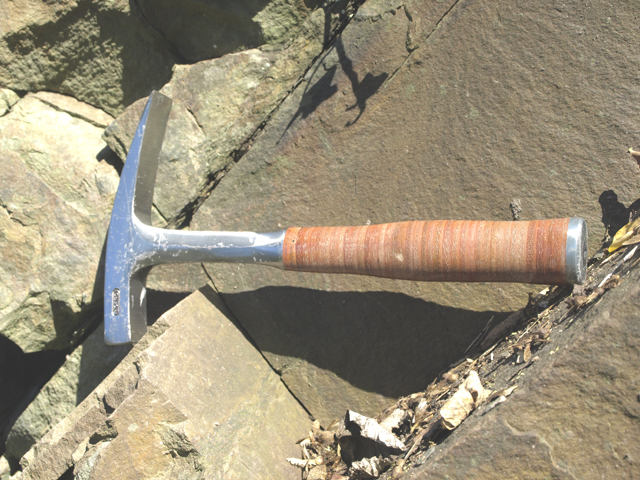
Extracting fossils from surrounding rock requires specialized tools and techniques that have evolved significantly over time. For delicate specimens, paleontologists use fine implements like dental picks, brushes, and small awls to carefully expose the fossil without causing damage. Larger specimens might require more robust tools like hammers, chisels, and even jackhammers to remove overlying rock layers. The excavation process often progresses from coarse to fine work as the fossil becomes more exposed, with tools becoming progressively smaller and more precise. Water or air abrasion tools may be used to remove matrix (surrounding rock) in certain situations where traditional tools might damage the specimen. For extremely fragile fossils, consolidants—special hardening chemicals—might be applied during excavation to prevent crumbling. The excavation may take hours for small specimens or months to years for large, complex fossils like complete dinosaur skeletons. Weather conditions can significantly impact fieldwork, with teams sometimes working under protective tarps or tents to shield delicate specimens from sun, wind, or rain damage.
Field Jacketing and Protection
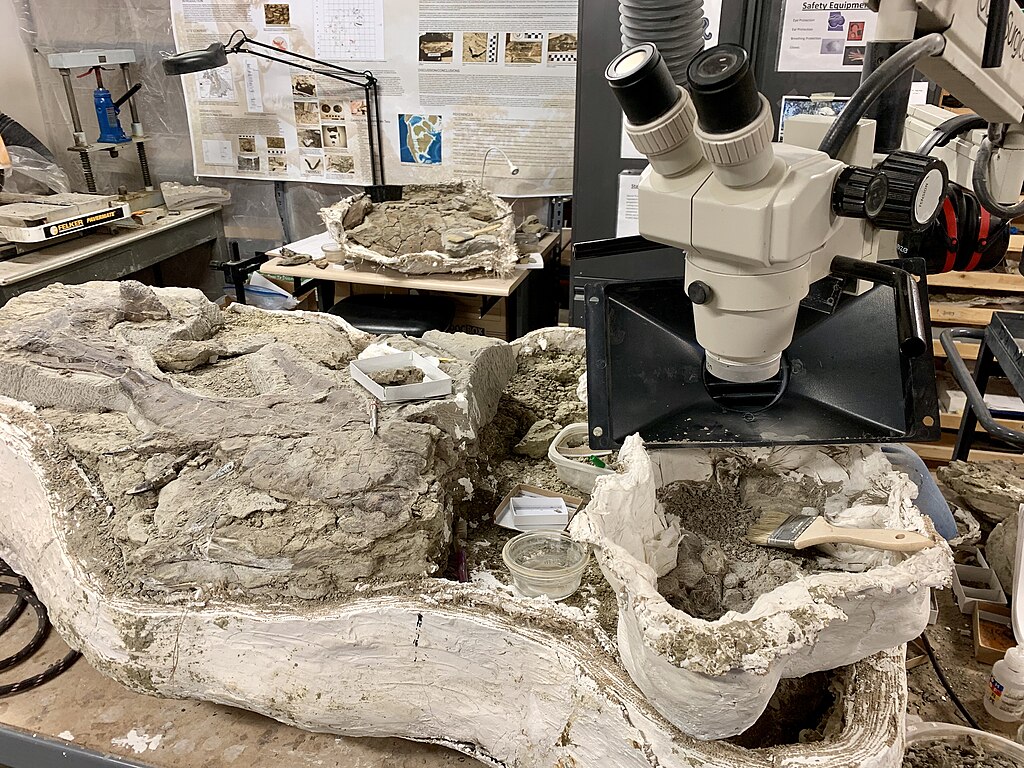
Once excavation reaches the point where the fossil must be removed from the ground, a protective jacket is created to ensure safe transport. This process, known as field jacketing, typically involves first covering the exposed fossil with a separator layer of tissue paper or aluminum foil to prevent the jacketing material from directly contacting the specimen. Next, strips of burlap or other cloth soaked in plaster of Paris are applied around and over the fossil, creating a hard protective shell once dried. For larger specimens, wooden braces might be incorporated into the jacket for additional structural support. The underside of the specimen requires special attention—paleontologists carefully dig beneath the fossil to create a pedestal, then flip the specimen to jacket the bottom side before complete removal. This jacketing process essentially creates a customized protective case that immobilizes the fossil and shields it from vibration, impact, and environmental changes during transport. Field jackets can range from the size of a softball for small specimens to massive constructions weighing several tons for complete dinosaur skeletons, each requiring different handling solutions for removal from the field.
Transportation Challenges
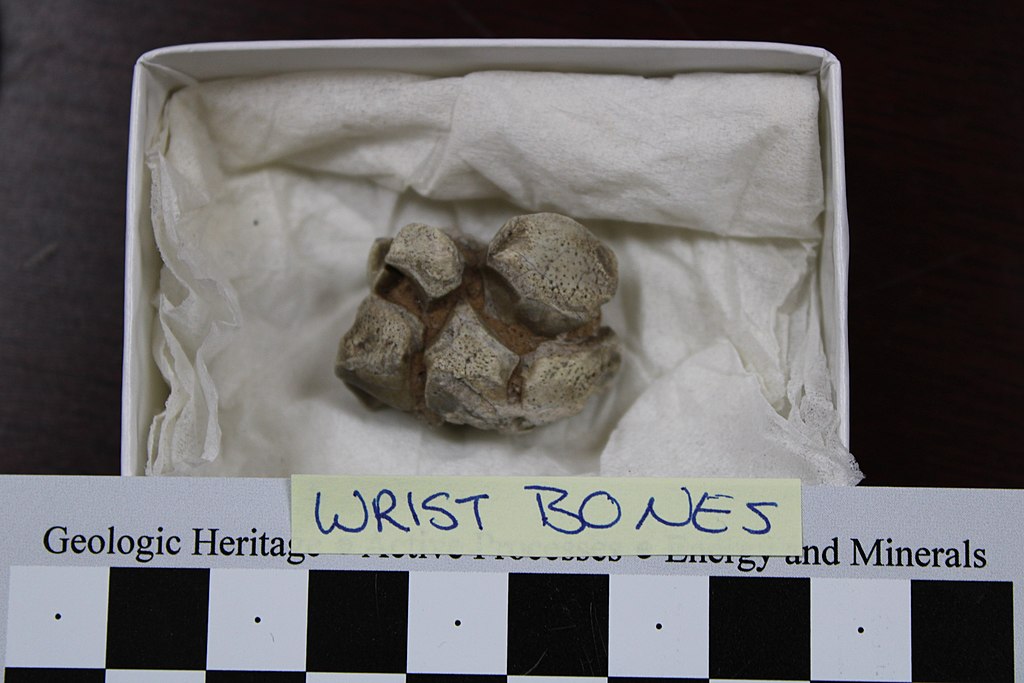
Moving fossils from remote field locations to research facilities presents significant logistical challenges that require creative solutions. In accessible areas, jacketed fossils might be transported by truck or trailer, but remote locations can necessitate more extreme measures. Helicopters have been used to airlift particularly valuable or heavy specimens from inaccessible terrain, while boats, pack animals, or even teams of people carrying fossils on stretchers might be employed in areas without road access. For international expeditions, navigating permits and customs regulations adds another layer of complexity to fossil transport. Temperature and humidity fluctuations during transit can potentially damage specimens, so climate-controlled containers are sometimes used for particularly sensitive fossils. Vibration during transport represents another threat, with special shock-absorbing packaging or suspension systems implemented for delicate specimens. For extremely large discoveries like complete dinosaur skeletons, the fossils might be divided into multiple manageable sections before transport, with detailed documentation ensuring proper reassembly later. The transport phase demands meticulous planning and often represents one of the most stressful periods in a fossil’s journey to the museum.
Arrival at the Preparation Lab
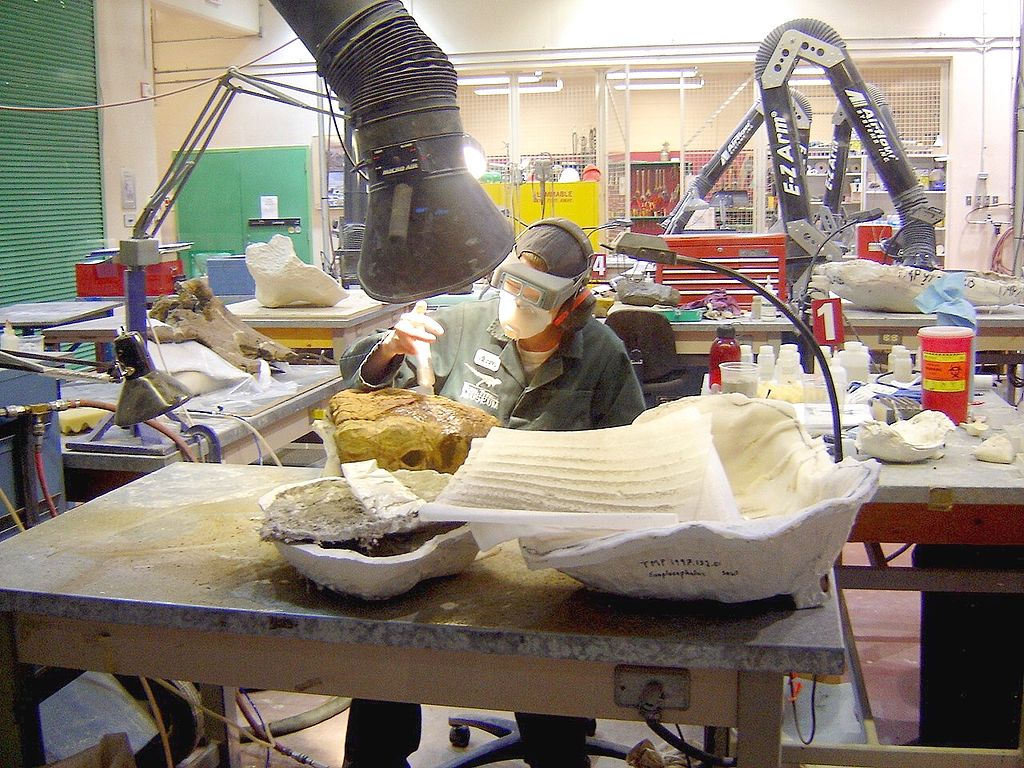
When fossils reach their destination facility, they typically enter a specialized preparation laboratory where the painstaking work of cleaning and stabilizing begins. The arrival procedure involves carefully documenting the condition of the jacketed fossil, photographing it from multiple angles, and creating initial assessment reports. Preparation labs range from small university workspaces to large, sophisticated facilities at major museums, each equipped with specialized tools for fossil preparation. The first step usually involves removing the field jacket, a process requiring careful cutting and prying to avoid damaging the specimen inside. Once opened, the fossil is assessed in detail by preparators who develop a specific preparation plan based on the specimen’s condition, scientific importance, and institutional resources. This planning stage may involve consultation between preparators, curators, and researchers to determine how extensively the fossil should be prepared and which portions require priority attention. For particularly significant specimens, this initial assessment might also include preliminary scientific analysis to guide preparation decisions and identify areas of special interest.
Fossil Preparation Techniques
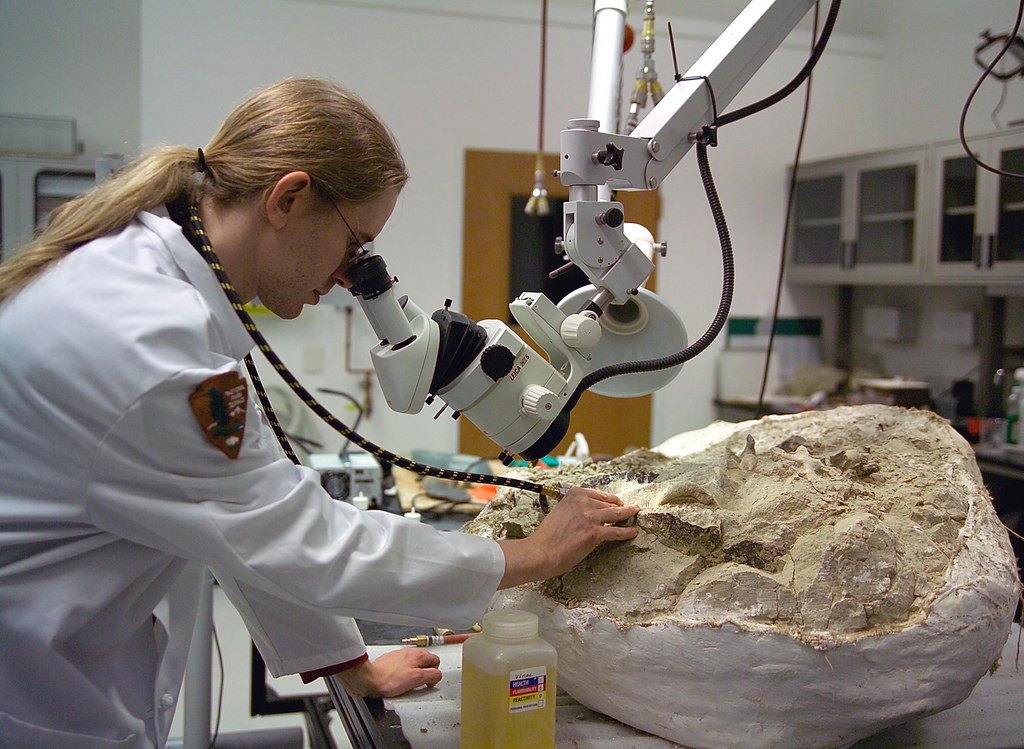
Fossil preparation is a meticulous process that combines elements of art, science, and craftsmanship to reveal specimens without causing damage. Mechanical preparation involves physically removing matrix rock using tools ranging from dental picks and pneumatic engravers to microscopes equipped with tiny needles for the most delicate work. Chemical preparation techniques utilize acids, bases, or solvents to dissolve the rock matrix without affecting the fossil itself—particularly useful for specimens where mechanical removal would be too damaging. Modern labs increasingly employ technologies like air abrasion, which uses pressurized air mixed with powder abrasives to precisely remove matrix, or ultrasonic tools that vibrate at high frequencies to break apart surrounding rock. Throughout preparation, consolidants and adhesives are applied as needed to strengthen fragile areas or repair breaks. The preparation process can take anywhere from days to years, depending on the specimen’s size and complexity, with some large dinosaur skeletons requiring tens of thousands of hours of preparation work. Skilled preparators keep detailed records of their techniques, materials used, and observations about the specimen’s condition, creating valuable documentation for future researchers and conservators.
Scientific Analysis and Research
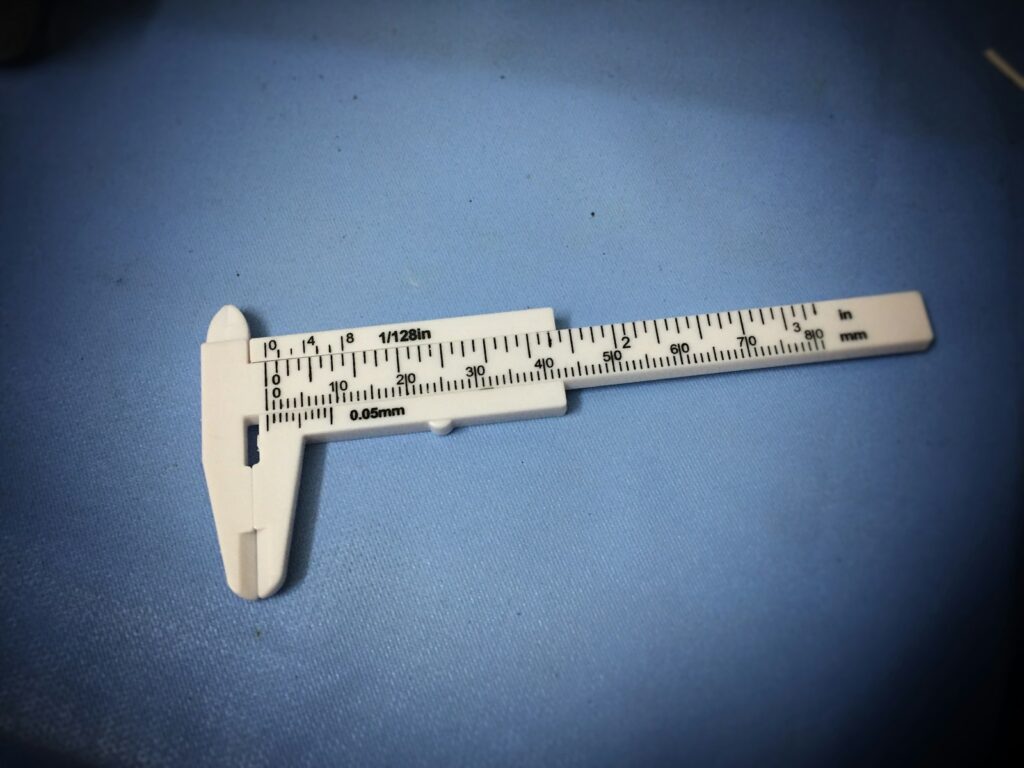
Once prepared, fossils undergo thorough scientific analysis to extract their wealth of information about ancient life. Researchers employ a diverse arsenal of analytical techniques, from traditional morphological studies using calipers and microscopes to cutting-edge technologies like CT scanning that reveal internal structures without damaging specimens. Geochemical analyses might examine the elemental composition of fossilized bone or shell to determine diet, habitat, or climate conditions during the organism’s life. For dating purposes, the surrounding rock matrix might be analyzed using radiometric techniques or biostratigraphy to determine the specimen’s age. Comparative analysis places the fossil within an evolutionary context by examining similarities and differences with related species. Scientific research at this stage might involve multiple specialists—experts in specific animal groups, paleobotanists for plant fossils, taphonomists studying preservation conditions, or paleoecologists reconstructing ancient ecosystems. This research phase transforms the physical specimen into scientific knowledge, often resulting in published papers that announce new species, describe previously unknown anatomical features, or revise our understanding of evolutionary relationships. The scientific value of museum fossils continues to grow over time as new analytical techniques emerge, allowing researchers to extract previously unobtainable information from specimens collected decades or even centuries ago.
Conservation and Preservation

Ensuring the long-term preservation of fossil specimens requires specialized conservation techniques that protect these irreplaceable scientific treasures. Museum conservators regularly monitor specimens for signs of deterioration, such as pyrite disease (where iron sulfide minerals oxidize and expand, damaging fossils from within) or organic decay in subfossil specimens. Environmental controls maintain stable temperature and humidity levels to prevent physical stress to specimens from expansion and contraction. For particularly vulnerable fossils, oxygen-free storage containers or specialized sealants might be employed to prevent deterioration. Digital preservation has become increasingly important, with high-resolution photography, 3D scanning, and CT imaging creating detailed digital records that serve both as research resources and as backup documentation should physical specimens be damaged. Conservation treatment documentation tracks all materials applied to specimens, ensuring future conservators understand previous interventions. Modern conservation philosophy emphasizes reversibility—using materials and techniques that can be undone if better approaches develop in the future. Conservation considerations extend to display environments as well, with specialized display cases that protect specimens from light damage, dust, vibration, and unauthorized handling while still allowing public viewing.
Mounting and Display Preparation
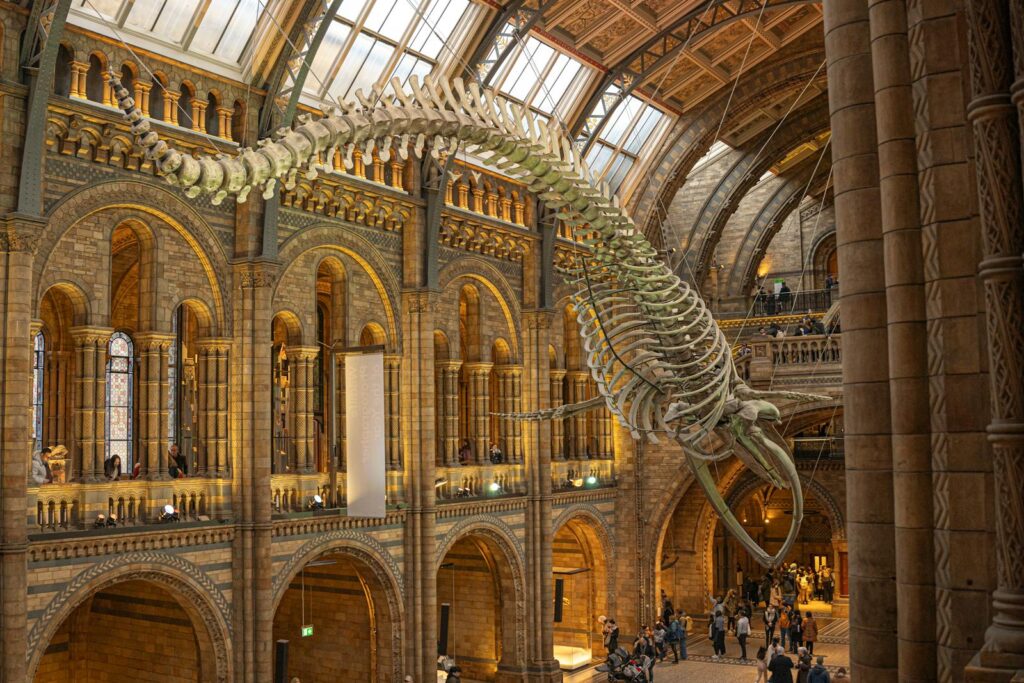
Creating a museum display involves transforming prepared fossils into educational exhibits through careful mounting and contextual presentation. For skeletal mounts, specially designed metal armatures support individual bones in anatomically correct positions, with each connection point engineered to hold the fossil securely without causing damage. These support structures must be both visually unobtrusive and structurally sound, often representing significant engineering challenges for large specimens. For more fragile specimens, high-quality casts might replace original fossils in public displays, allowing the actual specimens to remain safely in collections. Exhibit designers work closely with scientists to determine the most scientifically accurate and educational postures for mounted skeletons, balancing scientific precision with visual impact. The process of articulating a complete skeleton can take months as each bone is carefully positioned and secured. Beyond the specimens themselves, contextual elements like environmental reconstructions, supporting graphics, and interactive components are developed to help visitors understand the fossil’s significance. Lighting design plays a crucial role in highlighting important features while minimizing potential light damage to sensitive specimens. The mounting process represents the critical transition from scientific specimen to public-facing educational resource.
Creating Context and Narrative
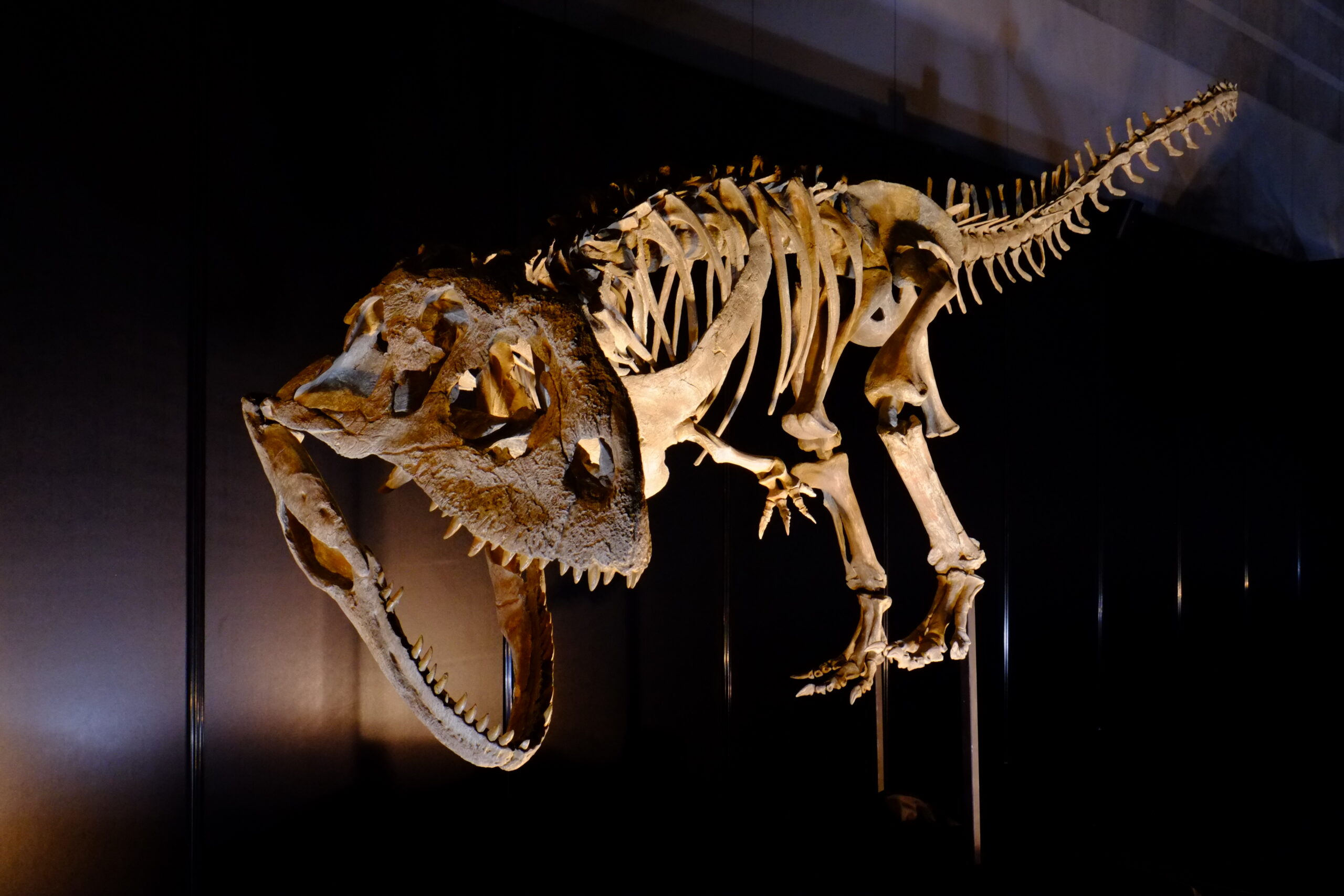
Museum professionals craft educational narratives around fossil specimens to transform scientific information into engaging visitor experiences. Exhibition developers collaborate with scientists, educators, and designers to determine which stories the fossils can best tell—whether focusing on evolution, ancient ecosystems, extinction events, or scientific methodology. Contextual elements might include artistic reconstructions showing how the organism appeared in life, dioramas recreating ancient environments, or comparative displays showing evolutionary relationships. Digital interactives increasingly complement physical specimens, allowing visitors to explore aspects of the fossil that might not be visible to the naked eye or to interact with virtual reconstructions. Text panels and labels are carefully crafted to communicate scientific concepts at appropriate reading levels for the target audience, often with multiple layers of information to serve visitors with different interests and backgrounds. The narrative development process typically involves extensive prototyping and visitor testing to ensure the exhibition effectively communicates key concepts. For international museums, translation and cultural context considerations ensure exhibits remain accessible and relevant to diverse audiences. These contextual elements transform isolated specimens into compelling stories about Earth’s past, helping visitors connect with creatures and environments separated from us by millions of years.
Opening to the Public

The culmination of a fossil’s journey from field to museum comes when it finally goes on public display, often accompanied by opening events that celebrate its scientific and educational value. Major fossil installations frequently feature public unveiling ceremonies that generate media attention and public excitement, helping museums fulfill their mission of public engagement with science. Behind the scenes, these openings represent the coordination of multiple departments—facilities teams manage final installation logistics, marketing departments promote the new exhibit, education staff train docents and develop programming, and security implements protective measures for the specimens. For particularly significant fossils, opening events might include scientific symposia where researchers present findings related to the specimen, connecting public display with ongoing scientific discourse. Visitor feedback mechanisms are typically implemented at launch to gather initial reactions and identify potential improvements to the exhibition. Special preview events for museum members, donors, or the scientific community often precede public openings, building institutional support and acknowledging those who contributed to the fossil’s journey. The public opening transforms the fossil from a scientific specimen to a shared cultural resource, making scientific knowledge accessible to audiences who might otherwise never encounter paleontological discoveries.
Life in the Public Eye

Once on display, fossils begin a new chapter as educational ambassadors that may last for decades or even centuries. Museum staff regularly monitor displayed specimens for any conservation issues, cleaning them according to strict protocols that protect the fossils’ integrity. Popular fossil displays often become institutional icons, appearing in marketing materials and serving as must-see attractions for visitors. Educational programming builds around significant specimens, from school tours to public lectures, hands-on activities, or specialized programs for audiences with disabilities. Visitor studies track how effectively the specimens communicate their scientific messages, with exhibitions periodically refreshed based on this feedback or updated scientific information. Some fossils become traveling exhibits, carefully packed and transported to partner institutions around the world, greatly expanding their educational reach. Digital extensions through virtual tours, online education resources, or social media content further extend the specimen’s impact beyond physical museum visitors. Throughout their display lives, fossils continue serving their scientific purpose as well, with researchers sometimes requesting temporary removal from exhibition for new studies using technologies that weren’t available when the specimen was originally prepared. This dual role—as both scientific resource and public educator—represents the ideal fulfillment of the fossil’s journey from hidden remains to illuminating evidence of Earth’s past.
Conclusion
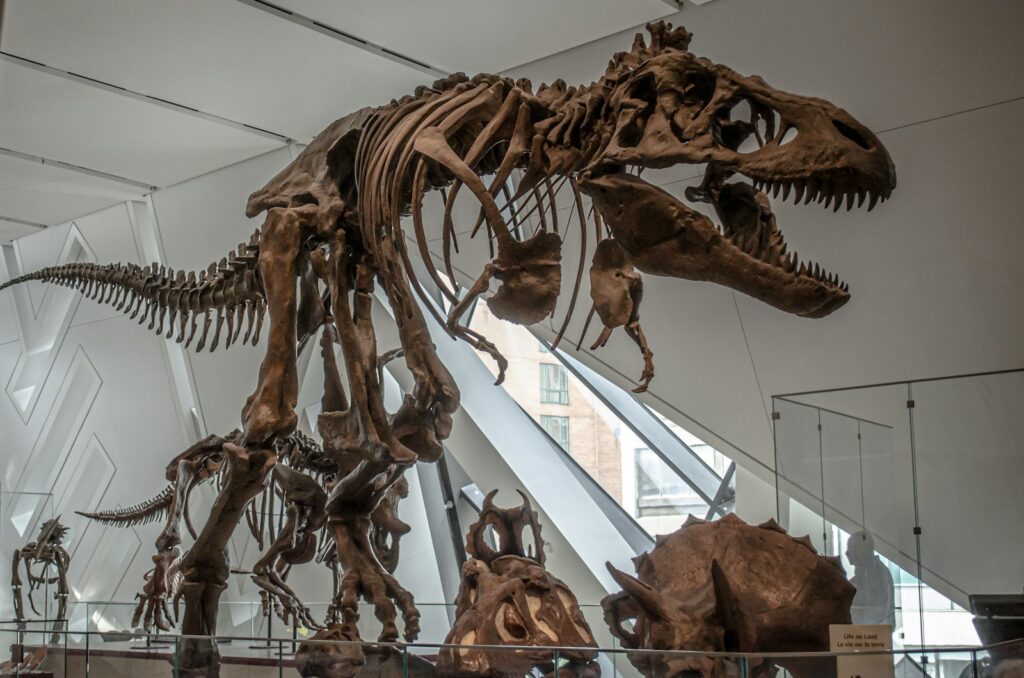
The journey of a fossil from its discovery in the field to its place in a museum display case represents an extraordinary collaboration between science, art, and education. Each fossil that makes this transition carries with it not only the physical remains of ancient life but also a wealth of scientific data and educational potential. The process—from careful excavation through meticulous preparation, scientific analysis, and thoughtful display—ensures that these irreplaceable windows into Earth’s past are preserved for future generations while making their scientific significance accessible to the public. Museum fossils stand as testaments to both the amazing diversity of life that has existed on our planet and the human dedication to understanding and preserving our natural heritage. The next time you admire a fossil in a museum case, consider the remarkable journey it has taken—often across millions of years and thousands of miles—to reach you.



